多线程编程之:实验内容——“生产者消费者”实验
9.3 实验内容——“生产者消费者”实验
本文引用地址:https://www.eepw.com.cn/article/264054.htm1.实验目的
“生产者消费者”问题是一个著名的同时性编程问题的集合。通过学习经典的“生产者消费者”问题的实验,读者可以进一步熟悉Linux中的多线程编程,并且掌握用信号量处理线程间的同步和互斥问题。
2.实验内容
“生产者—消费者”问题描述如下。
有一个有限缓冲区和两个线程:生产者和消费者。他们分别不停地把产品放入缓冲区和从缓冲区中拿走产品。一个生产者在缓冲区满的时候必须等待,一个消费者在缓冲区空的时候也必须等待。另外,因为缓冲区是临界资源,所以生产者和消费者之间必须互斥执行。它们之间的关系如图9.4所示。
图9.4 生产者消费者问题描述
这里要求使用有名管道来模拟有限缓冲区,并且使用信号量来解决“生产者—消费者”问题中的同步和互斥问题。
3.实验步骤
(1)信号量的考虑。
这里使用3个信号量,其中两个信号量avail和full分别用于解决生产者和消费者线程之间的同步问题,mutex是用于这两个线程之间的互斥问题。其中avail表示有界缓冲区中的空单元数,初始值为N;full表示有界缓冲区中非空单元数,初始值为0;mutex是互斥信号量,初始值为1。
(2)画出流程图。
本实验流程图如图9.5所示。

图9.5 “生产者—消费者”实验流程图
(3)编写代码
本实验的代码中采用的有界缓冲区拥有3个单元,每个单元为5个字节。为了尽量体现每个信号量的意义,在程序中生产过程和消费过程是随机(采取0~5s的随机时间间隔)进行的,而且生产者的速度比消费者的速度平均快两倍左右(这种关系可以相反)。生产者一次生产一个单元的产品(放入“hello”字符串),消费者一次消费一个单元的产品。
/*producer-customer.c*/
#include
#include
#include
#include
#include
#include
#include
#include
#define MYFIFO "myfifo" /* 缓冲区有名管道的名字 */
#define BUFFER_SIZE 3 /* 缓冲区的单元数 */
#define UNIT_SIZE 5 /* 每个单元的大小 */
#define RUN_TIME 30 /* 运行时间 */
#define DELAY_TIME_LEVELS 5.0 /* 周期的最大值 */
int fd;
time_t end_time;
sem_t mutex, full, avail; /* 3个信号量 */
/*生产者线程*/
void *producer(void *arg)
{
int real_write;
int delay_time = 0;
while(time(NULL) < end_time)
{
delay_time = (int)(rand() * DELAY_TIME_LEVELS/(RAND_MAX) / 2.0) + 1;
sleep(delay_time);
/*P操作信号量avail和mutex*/
sem_wait(&avail);
sem_wait(&mutex);
printf("nProducer: delay = %dn", delay_time);
/*生产者写入数据*/
if ((real_write = write(fd, "hello", UNIT_SIZE)) == -1)
{
if(errno == EAGAIN)
{
printf("The FIFO has not been read yet.Please try latern");
}
}
else
{
printf("Write %d to the FIFOn", real_write);
}
/*V操作信号量full和mutex*/
sem_post(&full);
sem_post(&mutex);
}
pthread_exit(NULL);
}
/* 消费者线程*/
void *customer(void *arg)
{
unsigned char read_buffer[UNIT_SIZE];
int real_read;
int delay_time;
while(time(NULL) < end_time)
{
delay_time = (int)(rand() * DELAY_TIME_LEVELS/(RAND_MAX)) + 1;
sleep(delay_time);
/*P操作信号量full和mutex*/
sem_wait(&full);
sem_wait(&mutex);
memset(read_buffer, 0, UNIT_SIZE);
printf("nCustomer: delay = %dn", delay_time);
if ((real_read = read(fd, read_buffer, UNIT_SIZE)) == -1)
{
if (errno == EAGAIN)
{
printf("No data yetn");
}
}
printf("Read %s from FIFOn", read_buffer);
/*V操作信号量avail和mutex*/
sem_post(&avail);
sem_post(&mutex);
}
pthread_exit(NULL);
}
int main()
{
pthread_t thrd_prd_id,thrd_cst_id;
pthread_t mon_th_id;
int ret;
srand(time(NULL));
end_time = time(NULL) + RUN_TIME;
/*创建有名管道*/
if((mkfifo(MYFIFO, O_CREAT|O_EXCL) < 0) && (errno != EEXIST))
{
printf("Cannot create fifon");
return errno;
}
/*打开管道*/
fd = open(MYFIFO, O_RDWR);
if (fd == -1)
{
printf("Open fifo errorn");
return fd;
}
/*初始化互斥信号量为1*/
ret = sem_init(&mutex, 0, 1);
/*初始化avail信号量为N*/
ret += sem_init(&avail, 0, BUFFER_SIZE);
/*初始化full信号量为0*/
ret += sem_init(&full, 0, 0);
if (ret != 0)
{
printf("Any semaphore initialization failedn");
return ret;
}
/*创建两个线程*/
ret = pthread_create(&thrd_prd_id, NULL, producer, NULL);
if (ret != 0)
{
printf("Create producer thread errorn");
return ret;
}
ret = pthread_create(&thrd_cst_id, NULL, customer, NULL);
if(ret != 0)
{
printf("Create customer thread errorn");
return ret;
}
pthread_join(thrd_prd_id, NULL);
pthread_join(thrd_cst_id, NULL);
close(fd);
unlink(MYFIFO);
return 0;
}
4.实验结果
运行该程序,得到如下结果:
$ ./producer_customer
……
Producer: delay = 3
Write 5 to the FIFO
Customer: delay = 3
Read hello from FIFO
Producer: delay = 1
Write 5 to the FIFO
Producer: delay = 2
Write 5 to the FIFO
Customer: delay = 4
Read hello from FIFO
Customer: delay = 1
Read hello from FIFO
Producer: delay = 2
Write 5 to the FIFO
……
linux操作系统文章专题:linux操作系统详解(linux不再难懂)
linux操作系统文章专题:linux操作系统详解(linux不再难懂)linux相关文章:linux教程




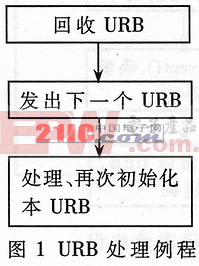
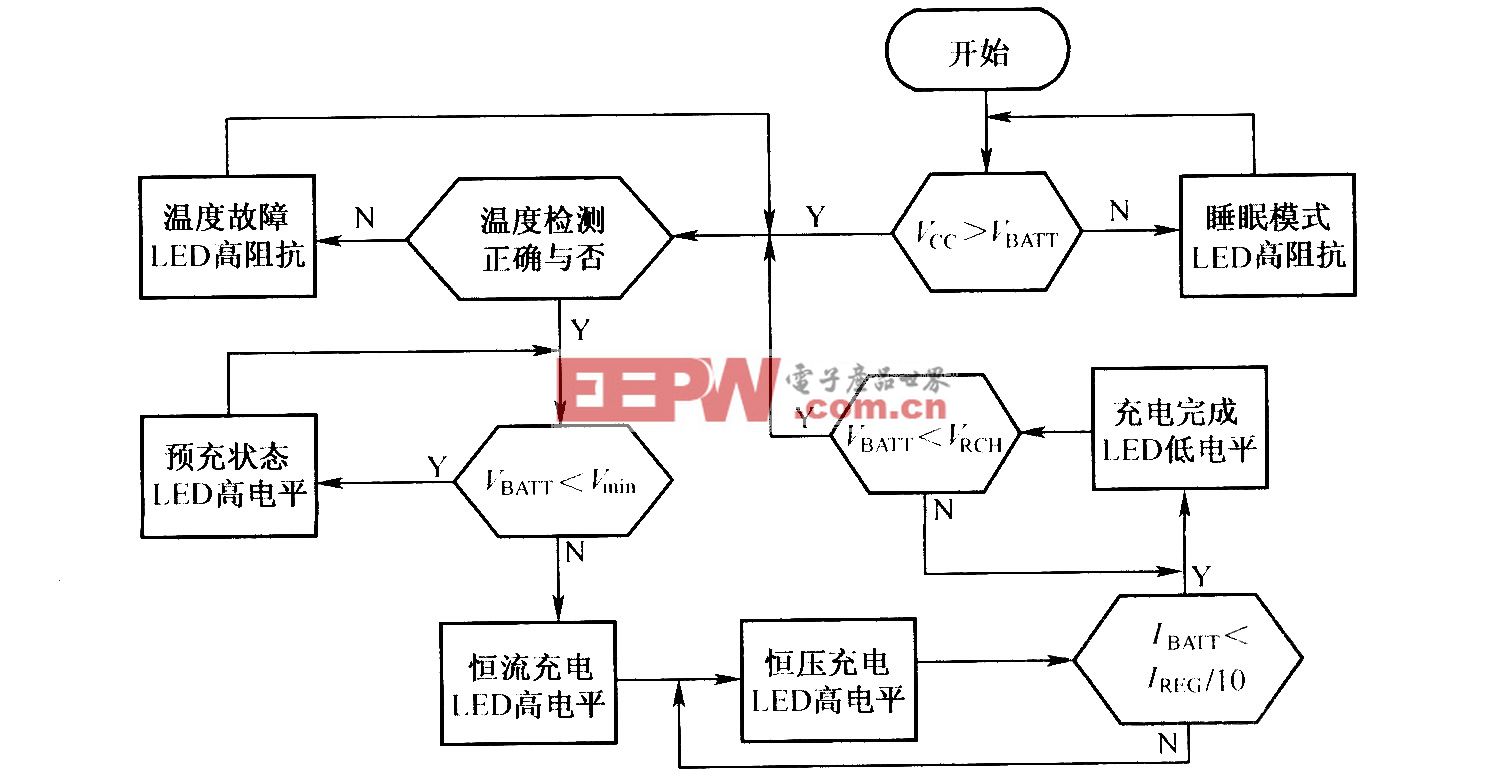

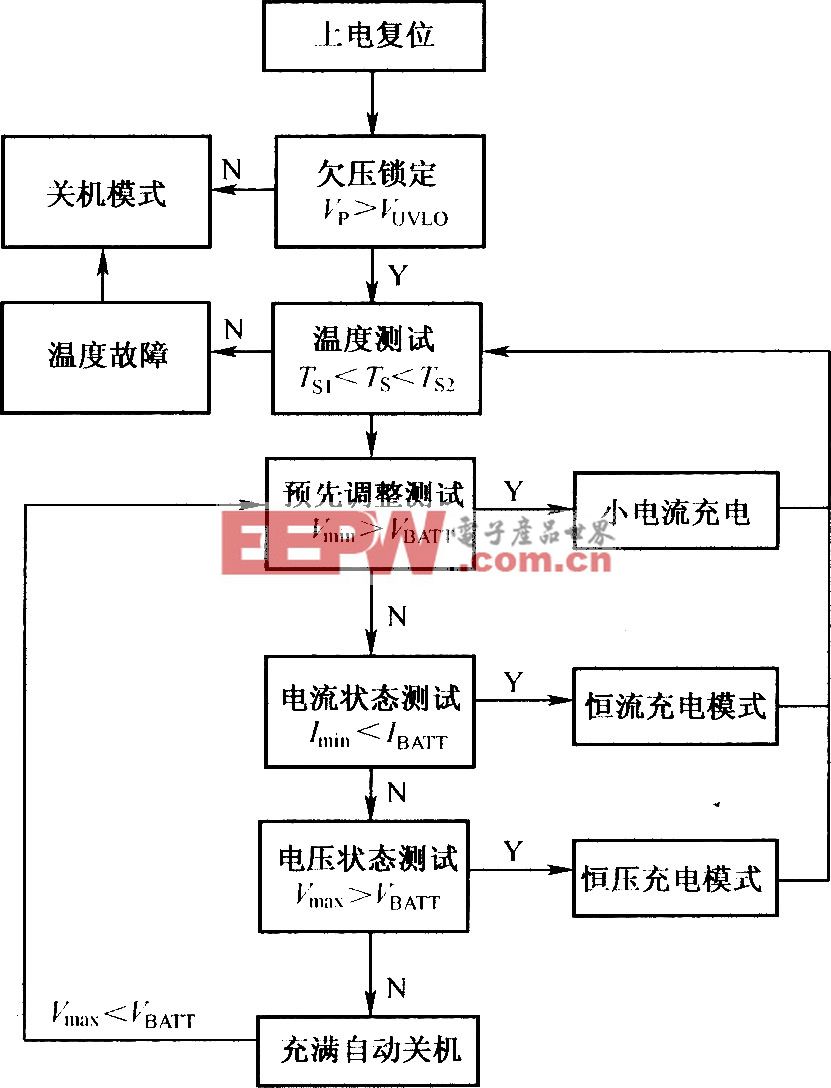
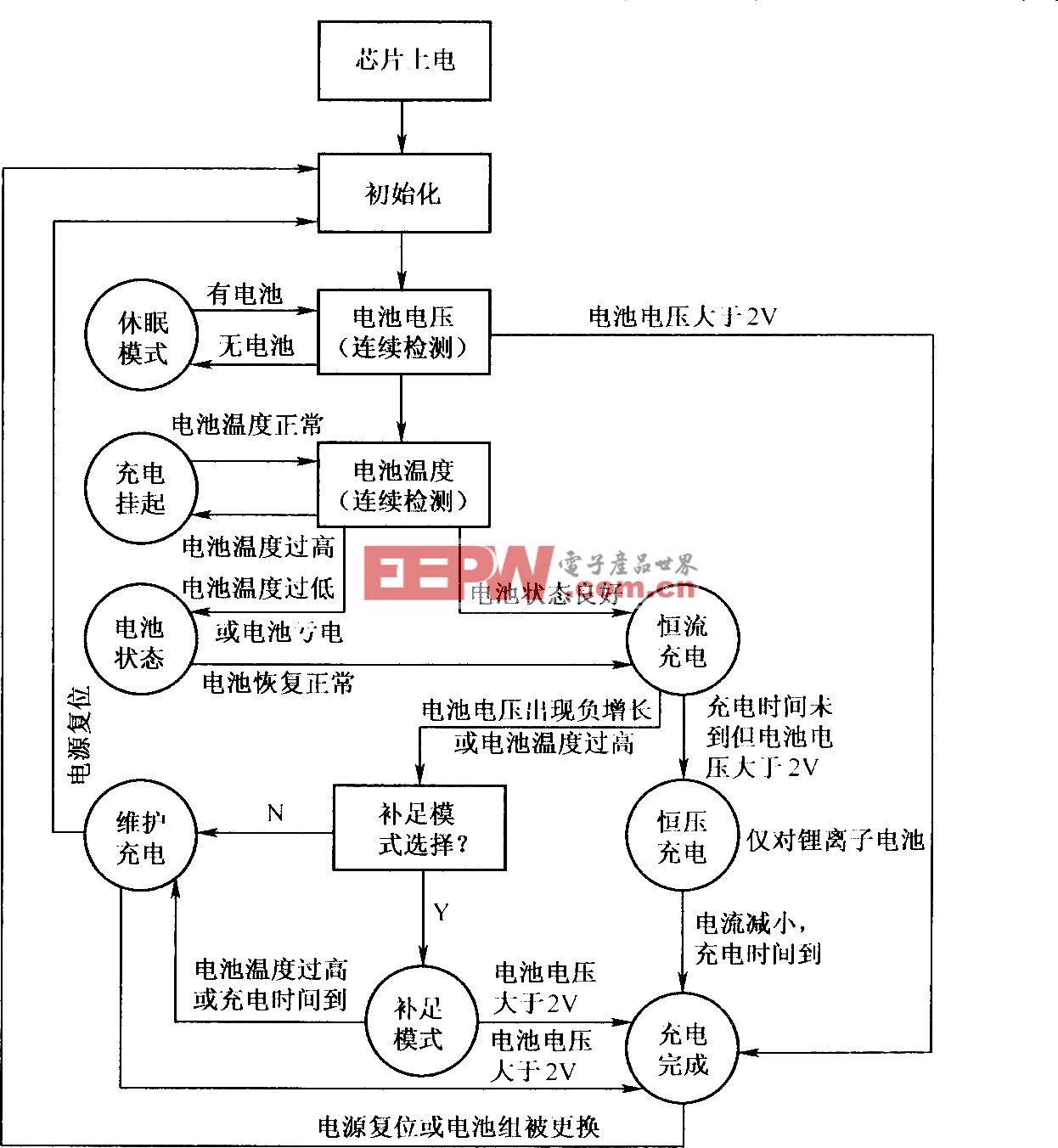
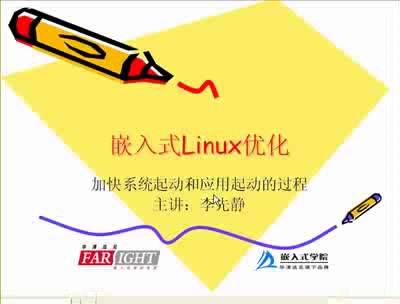
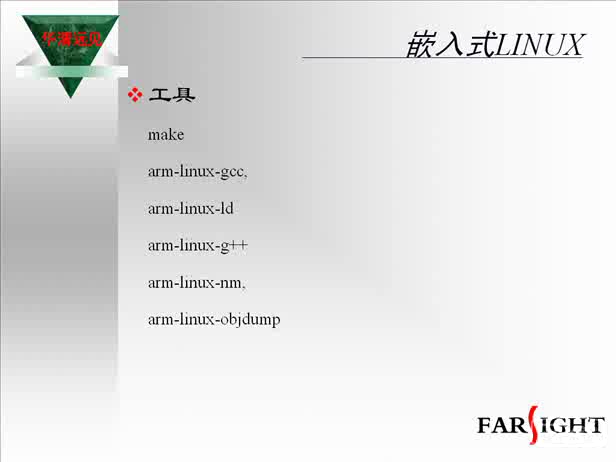

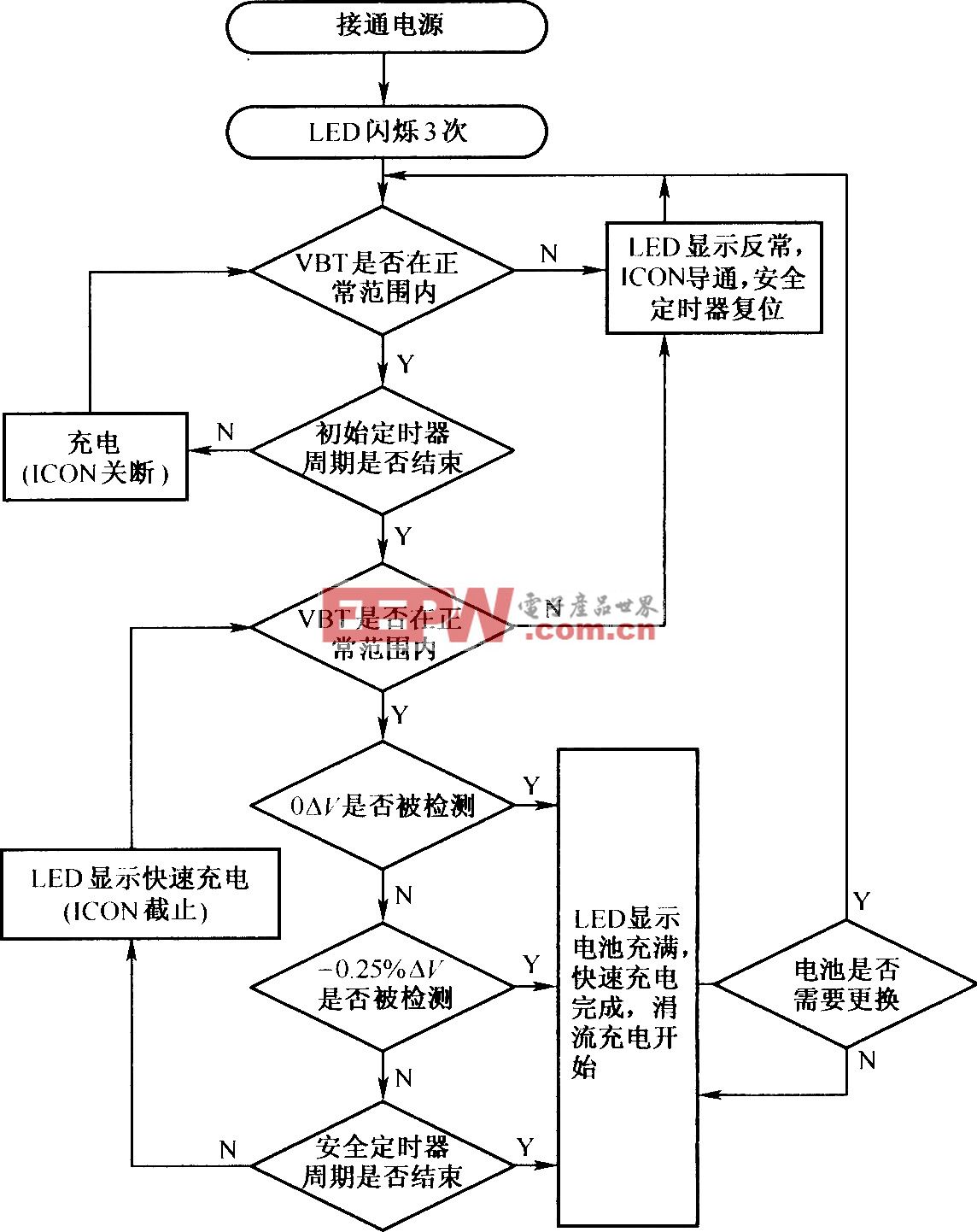
评论